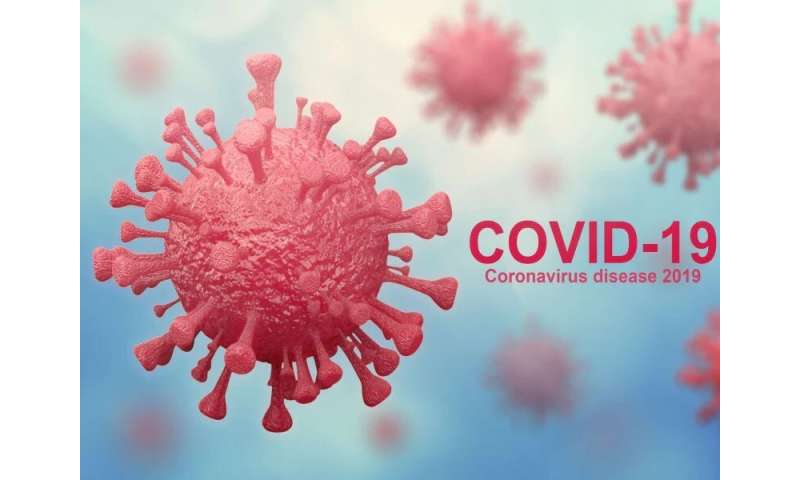
(HealthDay)—Health care organizations are facing hard financial decisions amid the COVID-19 pandemic, but an end is in sight as some are beginning to slowly open back up around the country, according to David Shulkin, M.D. Shulkin, who served as ninth secretary for Veterans Affairs and is former president and CEO of Beth Israel Medical Center in New York, spoke with HealthDay during a live stream on the HealthDay YouTube channel and live blog.
“There is no doubt that our hospitals, health systems, and health care providers in general have taken a significant financial hit during this crisis,” Shulkin said. Most health care systems have appropriately stopped performing elective procedures, many practices and ambulatory facilities have completely closed, and patients have refrained from going to hospitals because of infection concerns. “In general, the average hospital has seen about a 40 to 45 percent decrease in operating revenue during this period of time,” Shulkin added. Ambulatory surgery centers and radiology centers have seen even greater declines.
In total, Shulkin estimates that health care provider revenue has reduced about $500 billion across the country and that the two federal stimulus bills will provide about $175 billion—or 35 percent—of that lost revenue. “But the rest will need to come from hard decisions that hospitals are going to need to make,” he said. As an example, the Mayo Clinic announced last week it is furloughing or reducing hours for 30,000 employees across all its campuses, as reported in the Post Bulletin.
“At the same time, we’re now seeing many hospitals announcing that they will be reopening up elective surgeries in a phased-in approach and bringing back some of their clinical activity that had been shut down,” Shulkin said. “We’re beginning to see this open up in particular parts of the country and in geographies where it appears to be safe.”
How the COVID-19 pandemic ultimately affects the health care industry financially still remains to be seen. “The script is still being written, because what happens with the infection is really going to determine that,” Shulkin said. “If this continues to slow down in growth as we are seeing and ultimately stops in communities, hospitals will fare better and health care providers will do better, but if we see a second wave or resurgence of infections, we’re going to have to go right back to stopping some of those elective activities, and that’s going to hurt hospitals and health care providers further.”
Another unintended consequence of the COVID-19 pandemic is posttraumatic stress disorder, which Shulkin has experience with in his capacity working with veterans. “In almost every other pandemic that has been studied, there has been associated behavioral health issues that have been not only short term but long term in standing, and this one is no different,” he said.
As for an expected time frame for a COVID-19 vaccine, Shulkin is optimistic and feels that a vaccine could be available sooner than the 12- to 18-month time frame that has been discussed. Noting that the fastest a vaccine has been available in the past is four years, he believes new technologies will accelerate the process. “We initially heard from experts that the 12- to 18-month side would be an extremely fast period of time to get a vaccine, and I agree that would be extremely fast,” Shulkin said. “I happen to be a believer that we will see it quicker than that…because we are seeing new technologies being introduced—primarily mRNA technologies for vaccines and antibody response that require a much shorter process to bring to market.”
Source: Read Full Article
